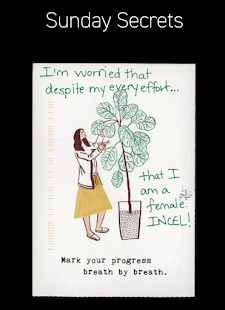Kinetic & Interactive Poetry -NR
Kinetic and Interactive poetry have many different genres that fall under them. This week’s chapter went over different kinds of poetry such as sound and film poetry. It was interesting to learn that both kinetic and interactive poetry use space and time as a tool. The two are very connected to the mixed media of the contemporary computer (Rettberg 133). Writers and artists are known to jump between the two digital poetry styles that has helped to show the impact of the many digital software’s that were used to create them. Rettberg describes kinetic and interactive poetry to be "these forms of digital poetry have rich relationships with antecedent movements, particularly those that are concerned with the materiality of the text as image, with the granularity of language, and with the relationship between poetry, sound, and music" (Rettberg 118). After learning about these examples of poetry and how they use digital tools to create their poems I am fascinated with by process and performance these creators design. I really enjoyed looking at Cruising by Ingrid Ankerson. I liked that the poetry was displayed in an audio recording with music in the background, and that you could zoom into the images going by. I also really enjoyed how she performed her poetry as well it was very captivating.
From this week’s chapter I looked at The Speaking Clock by John Cayley. It was created on a HyperCard in 1995. Cayley focuses in on time and text manipulation to combine words to take the place of numbers on a clock. The text is arranged around a clock face by using your mouse you can change the passages and text. The words correspond with the code on the clock. The first two rows in the center display the date and the bottom two represent the time. Ruttberg describes the poem thus “In the case of the Speaking Clock the words of a combinatory poem take the place of numerals on a conventional clock, producing poetry that responds directly to the reader’s temporal situation” (Rettberg 119). This poem is is a little difficult to understand at first, but it is very interesting!


This comment has been removed by the author.
ReplyDelete